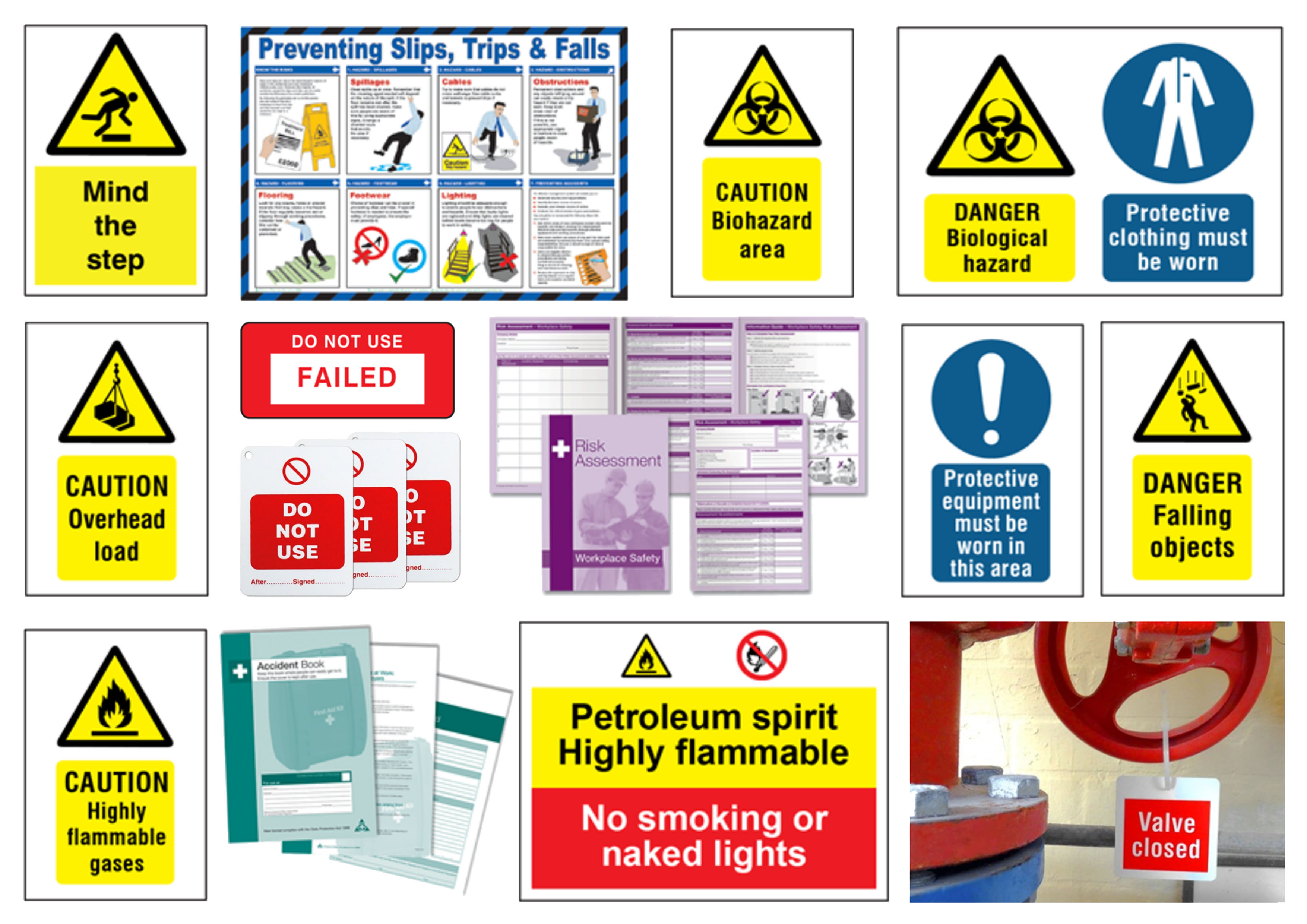 RIDDOR stands for The Reporting of Injuries, Diseases and Dangerous Occurrences Regulations. It is a piece of legislation passed to promote good accident recordkeeping and reporting. The law places this responsibility on the employer and any “responsible persons”.
RIDDOR stands for The Reporting of Injuries, Diseases and Dangerous Occurrences Regulations. It is a piece of legislation passed to promote good accident recordkeeping and reporting. The law places this responsibility on the employer and any “responsible persons”.
Without RIDDOR, it would be difficult to see who is responsible for documenting accidents and the criteria needed to maintain sound records and reports.
Below, we discuss what RIDDOR is, what must be reported with RIDDOR and examples of when reports should be used.
What is RIDDOR?
RIDDOR demands that accidents be reported if they are work-related. This means accidents only need to be reported when they are “out of or in connection with work”.
Effectively, this means accidents that happen on work premises don’t always need a RIDDOR report – it must be in connection to work activity.
Regulations 4-6 of RIDDOR stipulate that deaths and injuries should be reported when:
- An accident has caused the injury
- An accident is work-related
- The injury is reportable
The scope of a reportable injury is broad under RIDDOR. They include specified injuries, injuries that result in more than 7 days of incapacitation, injuries that require hospitalisation and the death of any person.
Specified injuries include:
- Fractures (excluding fingers, thumbs and toes)
- Amputation
- Injuries that result in visual impairment
- Crush injuries
- Burn injuries
- Scalping
- Loss of consciousness caused by head injury or asphyxiation
- Injuries from working in enclosed space
What Must Be Reported Under RIDDOR?
All RIDDOR reports occur through the HSE. Employers either fill out an online form or contact the organisation by phone.
In total, there are five types of reports:
- Report of an injury
- Report of a dangerous occurrence
- Report of a case of disease
- Report of a flammable gas incident
- Report of a dangerous gas fitting
RIDDOR Roles & Responsibilities
RIDDOR outlines responsibilities for both the employee and the employer. Responsibilities are only legally-binding for an employer, but employees should try to keep to theirs too.
Employee Responsibilities
As an employee, you must report back to your supervisor if you witness or experience something that comes under RIDDOR regulations. You cannot contact the HSE as an individual to report an accident, it must go through the proper channels.
However, if you feel as though RIDDOR is not being followed, or if you and your employees’ safety concerns aren’t being documented, then consider raising it with a supervisor or your union. You cannot report RIDDOR incidents yourself to the HSE, but you can report general issues here.
Employer Responsibilities
An employer is one of the “responsible persons” RIDDOR maps out. This means employers, those in control of work premises and self-employed people are the go-to reporters for RIDDOR.
To fill out a RIDDOR report, you must fill out a RIDDOR form on the HSE website or contact the organisation by phone. After this, log all of the details in your accident book and prepare your records for potential inspection.
Become RIDDOR-Ready With Our Warning Signs & Labels
Of course, the best way to avoid having to fill out a RIDDOR form is to be proactive. Good safety relies on a network of processes, signs and labels to keep your workplace aware.
At Label Source, we stock a range of high-quality warning signs to keep your employees safe. Discover our range today and be sure to regularly update your labels, signs and procedures.
For all the latest safety news, consider following our Twitter.